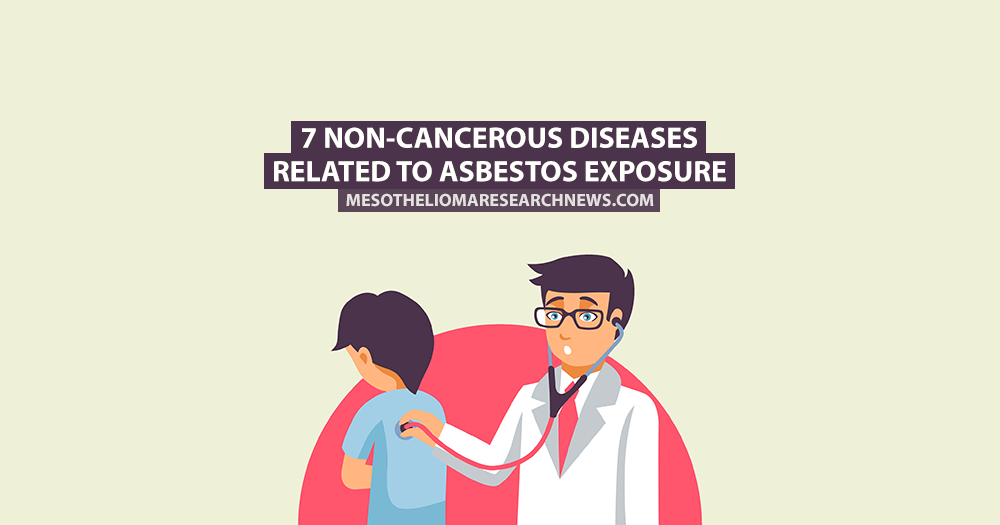Pleural effusions occur when fluid builds up between the pleural layers. It can happen independently or as a symptom of advanced mesothelioma. Though people may live with it for years as the disease progresses, pain and irregular breathing may become severe. There are treatments to address pleural effusions, but a talc pleurodesis is the only way to assure that recurrence won’t happen. About 1.5 million cases of pleural effusion are diagnosed annually in the U.S. due to numerous causes.
Want to know more about the symptoms of pleural mesothelioma? Find 9 of them here.






Having been exposed to Asbestos and radiation while working for the Department of Energy, your site has done a good job of explaining my diagnosis of plureal disease with plate atelectasis, non, pneumoconiotic and calcified granulomas.
Thank you for the kind words Keith. We are sorry to hear about your diagnosis and wish the best for you.
I have been in a lot of pain for some time,If i bent forward even a little bit it was like someone rammed a sword in my back, the pain was terrible i just cant breath at all for about 20 sec then slowly i can breath a bit more but the pain stays for ages, then it all happens again even reaching for a spoon off the work top,Iv’e just been told i have pleural thickening from asbestos,and told to put a claim in for I,A,B with the DWP, I’m waiting to go for a face to face interview with a DWP doctor but how can he/she sit behind a desk and know more than the top consultants i have been seeing in hospitals, What a waste of NHS money !.